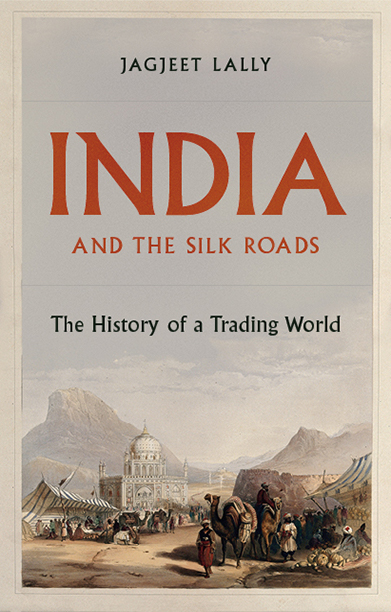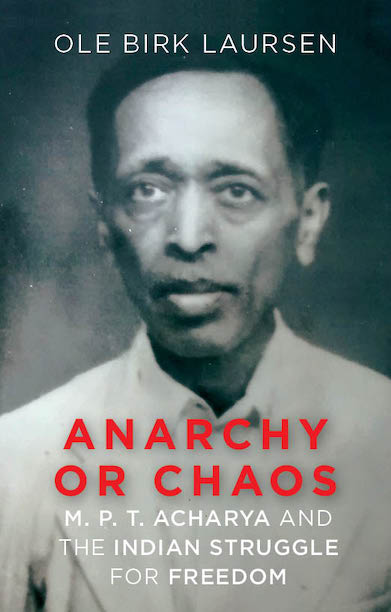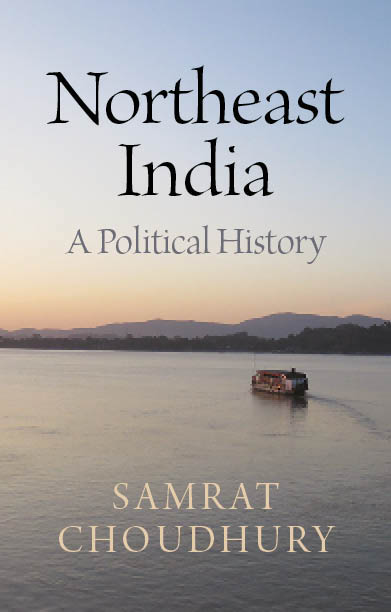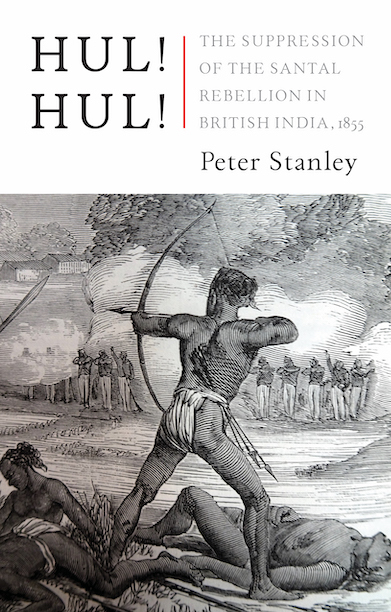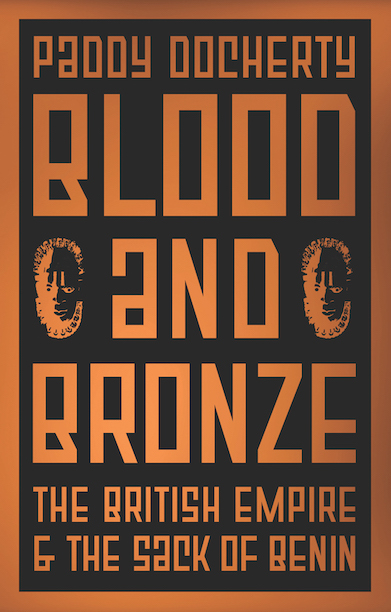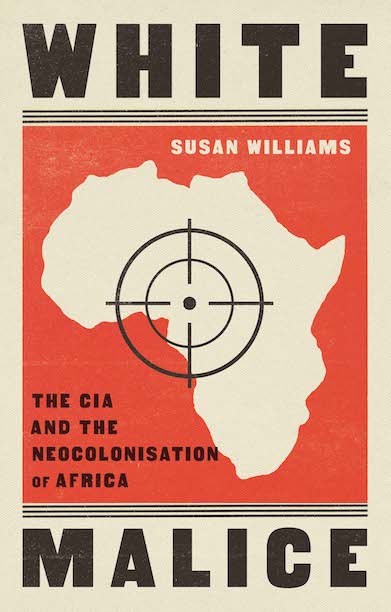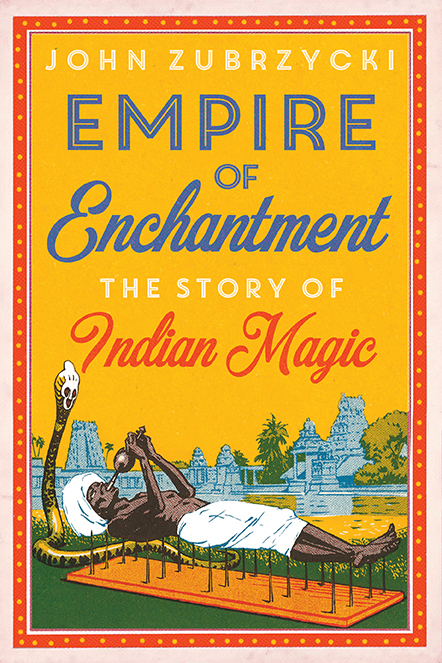India and the Silk Roads
The History of a Trading World
A fresh portrait of a trading world within Eurasia’s continental interior, charting the history of the caravan trade between North India, Afghanistan and Central Asia.
Description
India’s caravan trade with central Asia was at the heart of the complex web of routes making up the Silk Roads. But what was the fate of these overland connections in the ages of sail and steam? Jagjeet Lally sets out to answer this question by bringing the world of caravan trade to life—a world of merchants, mercenaries, pastoralists and pilgrims, but also of kings, bureaucrats and their subjects in the countryside and towns.
The livelihoods of these figures did not become obsolete with the advent of ‘modern’ technologies and the consequent emergence of new global networks. Terrestrial routes remained critically important, not only handling flows of goods and money, but also fostering networks of trade in credit, secret intelligence and fighting power. With the waning of the Mughal Empire during the eighteenth century, new Indian kingdoms and their rulers came to the fore, drawing their power and prosperity from resources brought by caravan trade. The encroachment of British and Russian imperialism into this commercial arena in the nineteenth century gave new significance to some people and flows, while steadily undermining others.
India and the Silk Roads is a global history of a continental interior, the first to comprehensively examine the textual and material traces of caravan trade in the ‘age of empires’. By showing how no single ruler could control the nebulous yet durable networks of this trading world, which had its own internal dynamics even as it evolved in step with global transformations, Lally forces us to rethink the history of globalisation and re-evaluate our fixation with empires and states as the building blocks of historical analysis. It is a narrative resonating with our own times, as China’s Belt and Road Initiative brings terrestrial forms of connectivity back to the fore—transforming life across Eurasia once again.
Reviews
‘India and the Silk Roads is a tour de force, taking the reader through a two-century history of trade, technology and geopolitics straddling India, Afghanistan and Central Asia. Important and outstanding—it will gain much attention and praise.’ — T.C.A. Raghavan, former Indian High Commissioner to Pakistan and Singapore, and author of The People Next Door: The Curious History of India’s Relations with Pakistan
‘India and the Silk Roads goes much beyond trade and looks at the geopolitical, economic and technological environment of the Silk Road. Careful and with a wealth of detail, it is a balance and corrective to existing literature on the silk route.’ — Benjamin D. Hopkins, Associate Professor of History and International Affairs, The George Washington University, and author of The Making of Modern Afghanistan
‘India’s overland interactions with Afghanistan and Central Asia have largely been sidelined by recent decades of sea-facing scholarship. In this astute, holistic analysis, Lally makes a compelling case for the continued impact of the caravan trade on Indian economic and cultural life well into the twentieth century.’ — Nile Green, Ibn Khaldun Endowed Chair in World History, UCLA, and author of Bombay Islam: The Religious Economy of the West Indian Ocean, 1840–1915
‘India and the Silk Roads is a scholarly exposition of the Trans-Eurasian caravan trade, providing a fresh look at India’s historical overland trade routes to Afghanistan and Central Asia. Riveting and refreshing—a breath of fresh air amongst existing literature on the silk routes.’ — Nasir Raza Khan, Associate Professor, India–Arab Cultural Centre, Jamia Millia Islamia (Central University), New Delhi
Author(s)
Jagjeet Lally is Lecturer in the History of Early Modern and Modern India at University College London, where he is also Co-Director of the Centre for the Study of South Asia and the Indian Ocean World.
